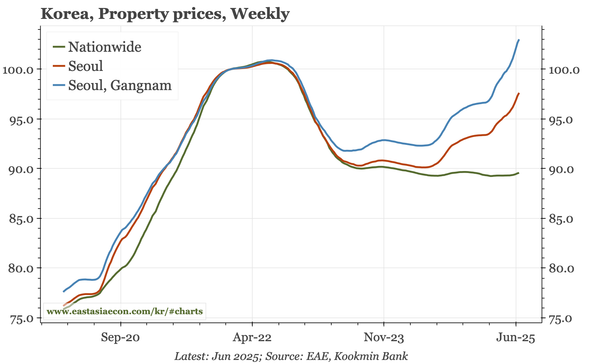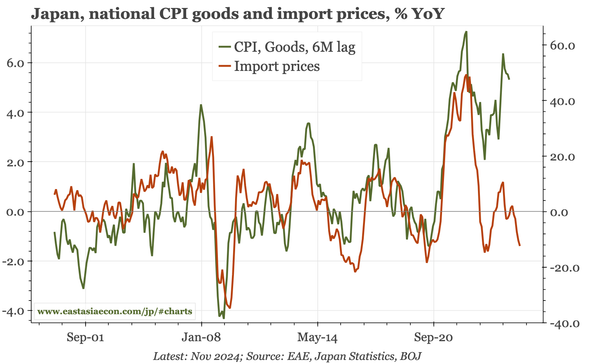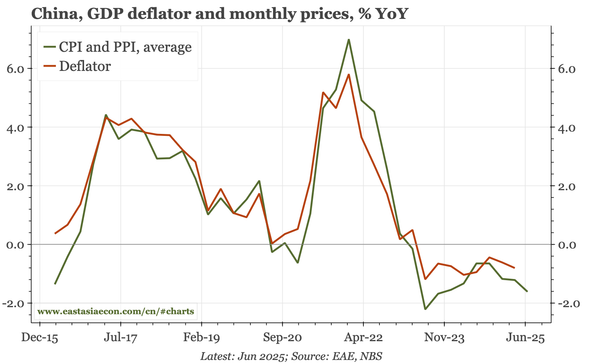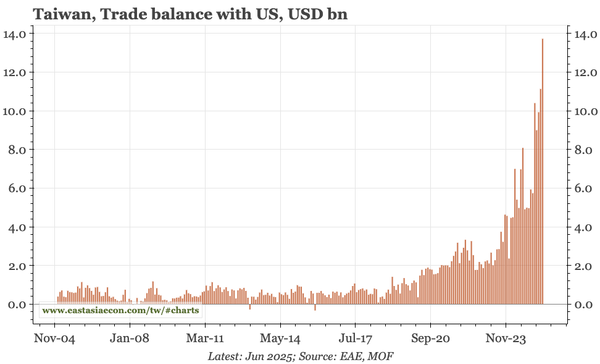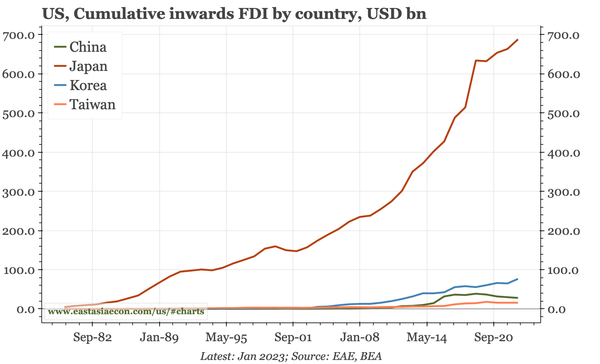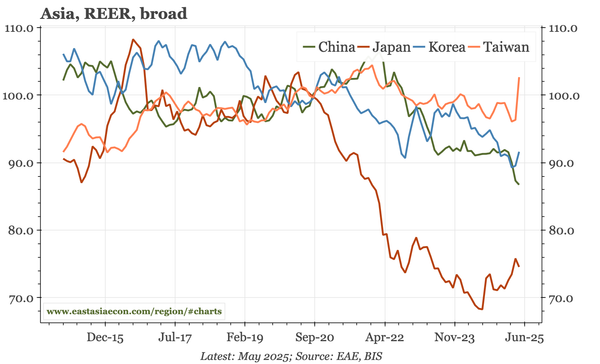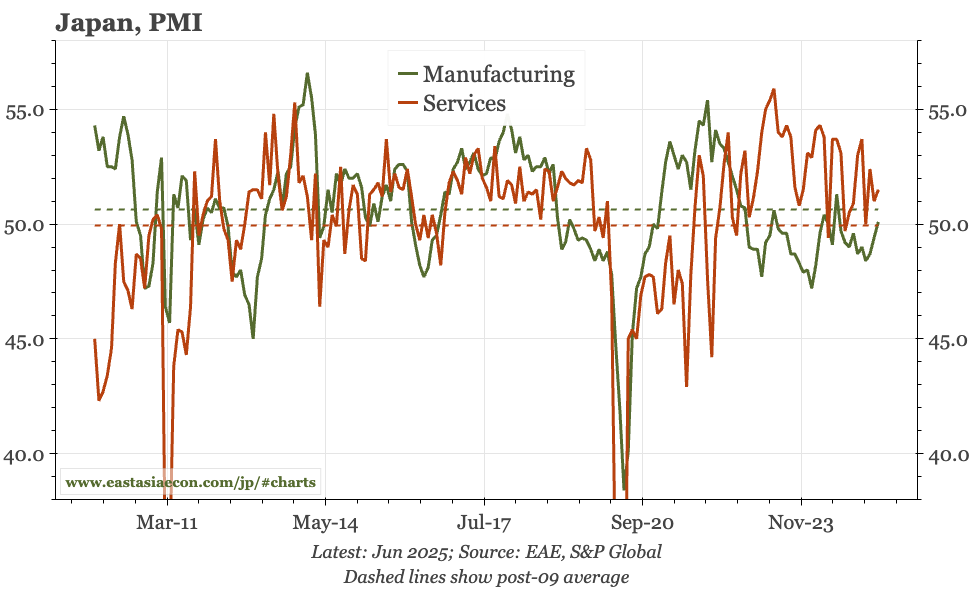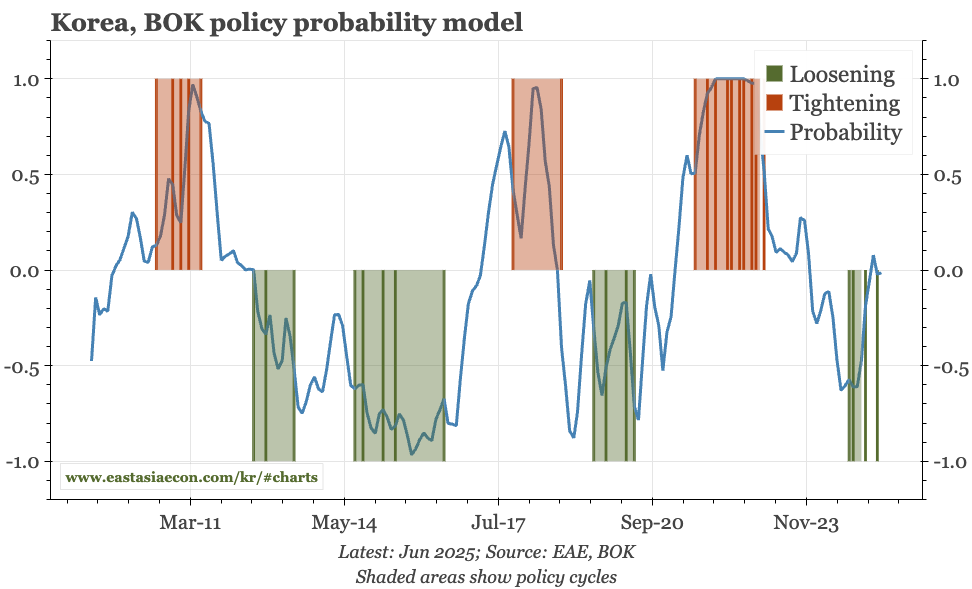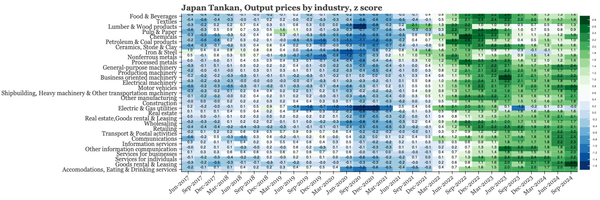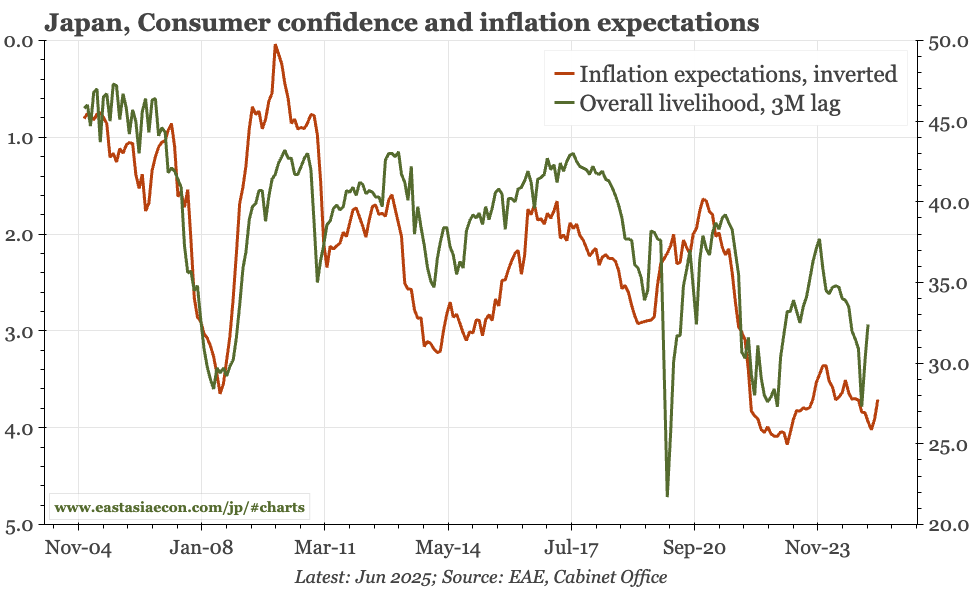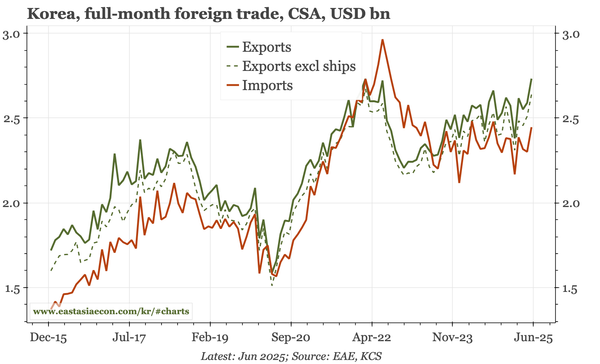Welcome to EAST ASIA ECON, a research service run from Taipei by Paul Cavey, and specializing in the markets and macro of China, Japan, Korea, and Taiwan.
We cover all the major data releases, as well as providing weekly and monthly summaries. We also devote a lot of time to thematic work, aiming to understand development patterns across the region, and to find common investment themes.
The analysis is founded on an on-the-ground knowledge gained from thirty years experience living, travelling and working in the region. We also have a very strong data infrastructure, built by directly accessing official sources, and made available to subscribers via a comprehensive range of interactive charts and a data app.
We don't think you'll find coverage that is as comprehensive and rounded anywhere else. The articles and charts below give a flavor of the work we are doing. There is a lot more on the home pages of the individual economies.
Signing up here will ensure you receive occassional emails that give you a taste of what we do. If you work in a financial institution and are interested in subscribing to our full service, please get in touch for a trial. Special access is also available for academics.
Contact Us
Sign Up
